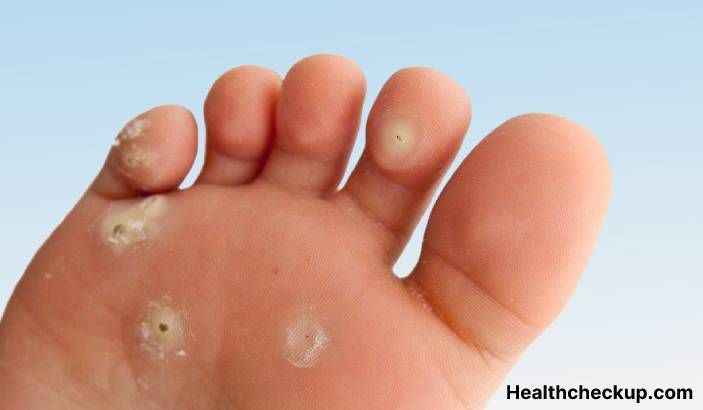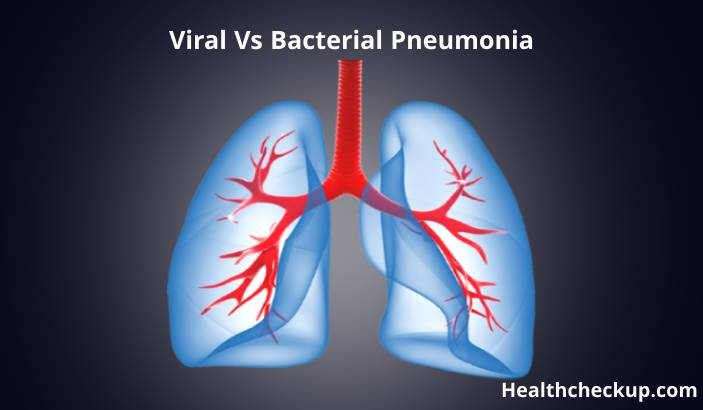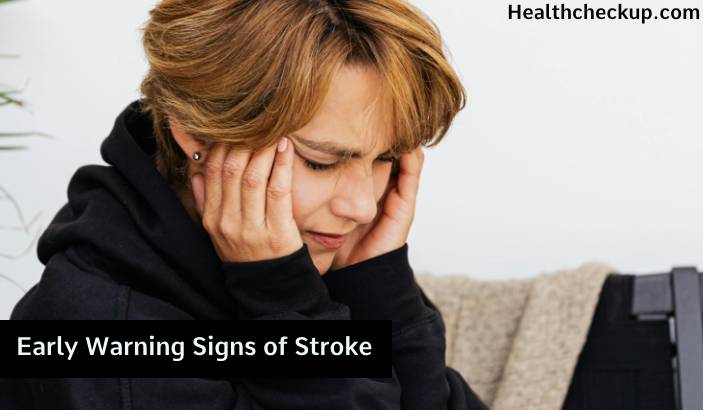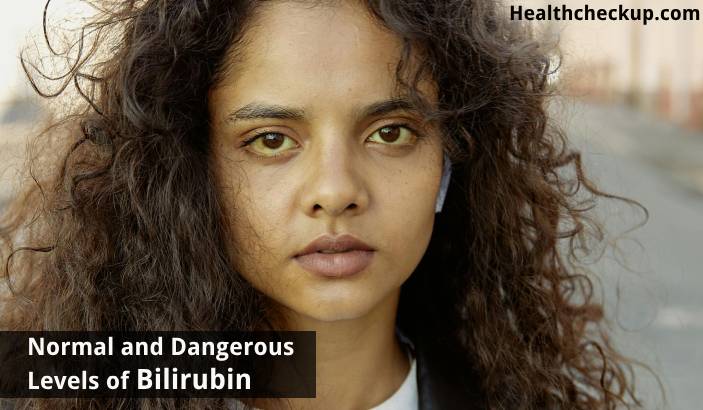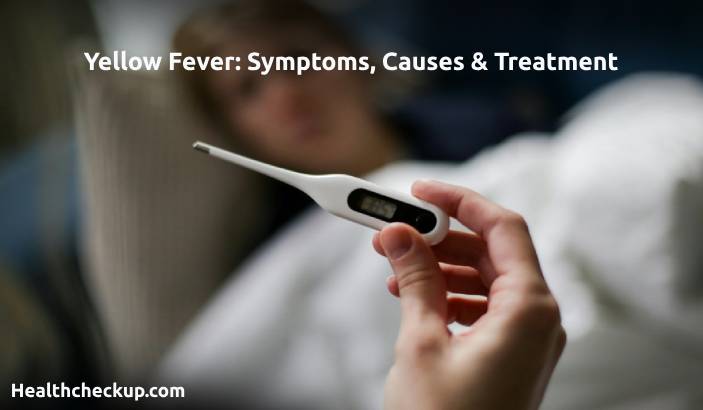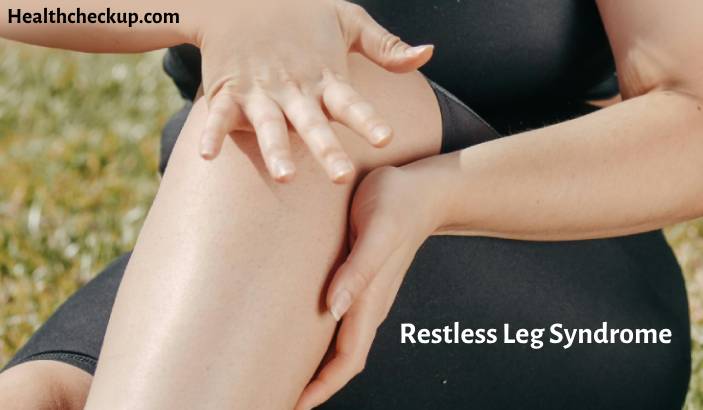Cutaneous warts, also known as skin warts, are small, benign growths that appear on the skin. They are caused by certain types of the human papillomavirus (HPV) and are generally harmless, although they can be unsightly and cause discomfort or embarrassment. Cutaneous warts can occur anywhere on the body, but they are most common on the hands, feet, and face.
Symptoms of cutaneous warts
Cutaneous warts are typically small, flesh-colored growths that have a rough, bumpy surface. They may be raised or flat and appear alone or in clusters. Cutaneous warts cause no symptoms, or they may be itchy or painful, particularly if they are located in an area of the body that is subject to friction or pressure.
Diagnosis of cutaneous warts
Cutaneous warts are typically diagnosed based on the presence of characteristic symptoms and a physical examination by a healthcare provider. In some cases, a skin biopsy is necessary to confirm the diagnosis and rule out other conditions.
Treatment of cutaneous warts
Treatment for cutaneous warts is not necessary if the warts are not causing any symptoms or are not cosmetically concerning. In other cases, treatment is recommended to remove the warts or prevent them from spreading. Treatment options include:
- Topical medications: Over-the-counter or prescription topical medications can be used to treat cutaneous warts. These medications contain salicylic acid or other ingredients that help to soften the wart and encourage it to slough off.
- Cryotherapy: Cryotherapy involves freezing the wart with liquid nitrogen. This causes the wart to blister and eventually fall off.
- Laser treatment: Laser treatment can be used to destroy the cells that make up the wart.
- Surgical removal: In some cases, surgical removal of the wart is necessary, particularly if the wart is large or difficult to treat.
Prevention of cutaneous warts
There are several steps that can help to reduce the risk of developing cutaneous warts, including:
- Practicing good hygiene: Washing hands regularly and keeping cuts and scrapes clean can help to reduce the risk of infection.
- Avoiding contact with infected individuals: It is important to avoid close contact with individuals who have cutaneous warts, as the virus can be transmitted through direct contact.
- Avoiding shared items: It is important to avoid sharing items such as towels, razors, or other personal items that come into contact with warts.
It is also important to avoid biting your nails or picking at warts, as this can increase the risk of infection and spread the virus to other parts of the body.


